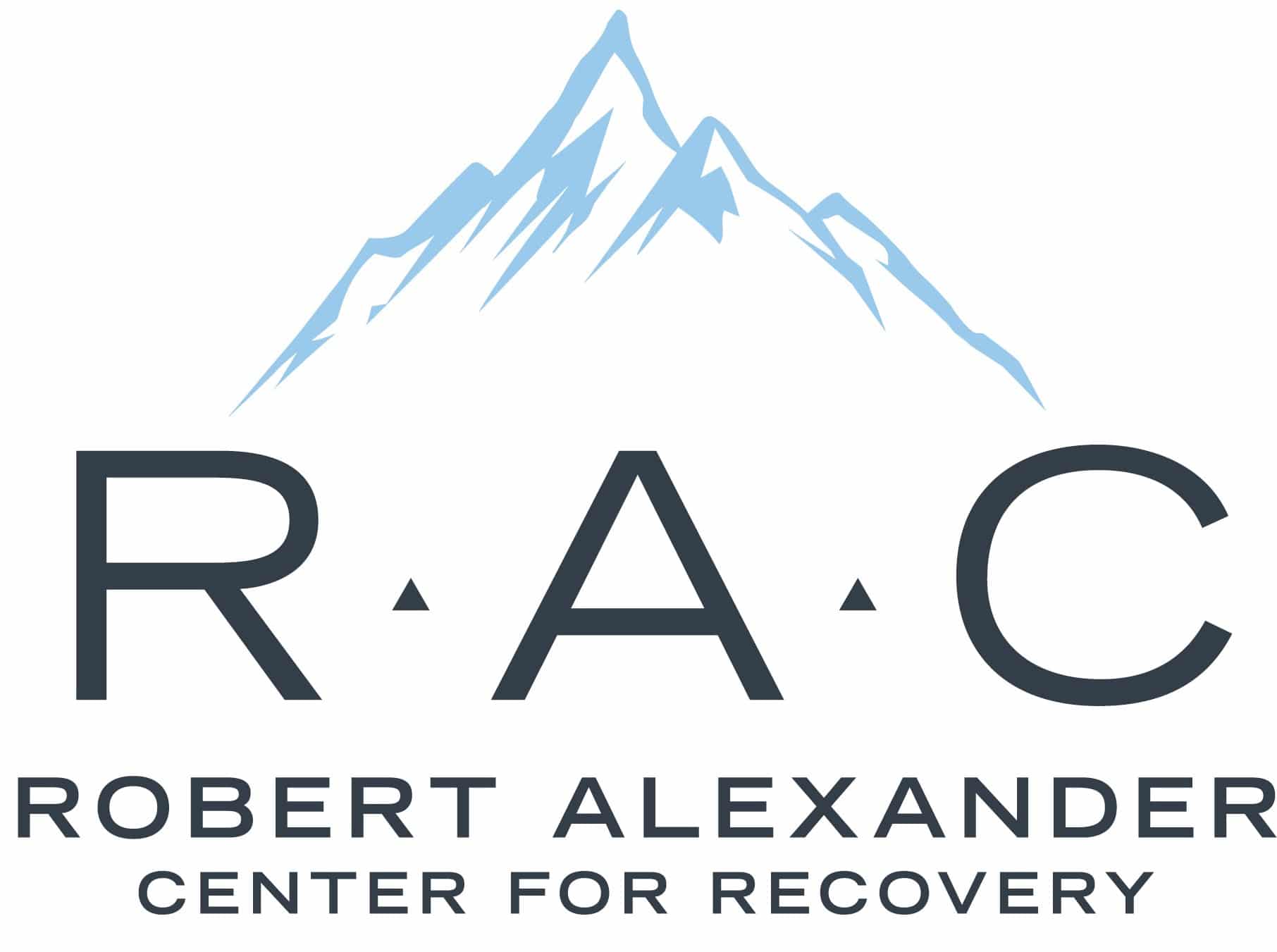Stimulants are a class of drugs that increase attention, alertness, and energy levels while also elevating an individual’s mood and enhancing their cognitive function. These drugs have a high potential for tolerance and addiction and while some are prescribed for medical purposes, others are abused for their euphoric effects.
Here are some of the most commonly abused stimulants:
Cocaine
This well-known and widely abused stimulant is derived from the leaves of the coca plant and typically comes in the form of a white powder. Cocaine use results in intense euphoria, increased energy, and feelings of confidence and alertness. However, its effects are short-lived, leading users to seek repeated doses to maintain the high. Chronic cocaine use can lead to cardiovascular complications, respiratory issues, mental health problems, and addiction.
Amphetamines (Speed)
These are a group of synthetic stimulant drugs that include prescription medications such as Adderall and Ritalin (available in pill or tablet form) as well as illicit drugs like methamphetamine (available as white or colored crystals or powder). These drugs increase the release of neurotransmitters in the brain that lead to heightened concentration and focus. While prescription amphetamines are used to treat conditions like ADHD, illicit use can result in addiction, cardiovascular problems, paranoia, and psychosis.
Methamphetamines
Also known as meth or crystal meth, this is a highly addictive substance that can be snorted, smoked, swallowed, or injected. It usually appears as small translucent crystals or as a crystalline powder varying in color from white to yellowish-brown. Meth use produces intense feelings of euphoria, increased energy, and heightened alertness. However, its effects can be devastating, especially on an individual’s physique leading to severe dental problems (meth mouth), skin sores, weight loss, aggression, and paranoia. Long-term use can cause irreversible damage to the brain and other organs.
MDMA (Ecstasy/Molly)
Popularly known as the rave drug, MDMA acts as both a stimulant and a hallucinogen. It’s commonly sold in tablet or capsule form and can come in candy or brightly-colored designs to increase its appeal. Ecstasy is often used in recreational settings such as parties and clubs and results in euphoria and heightened sensory perception. Unfortunately, it can also cause dehydration, elevated body temperature, and serotonin syndrome, a potentially life-threatening condition characterized by agitation, confusion, and seizures.
Synthetic cathinone (Bath salts)
This is a group of synthetic drugs that mimic the effects of cathinone, a naturally occurring stimulant found in the khat plant. They are typically sold as a white crystalline powder, capsules, or tablets and can be ingested, snorted, smoked, or injected. Synthetic cathinones can cause agitation, hallucinations, paranoia, and violent behavior. They’ve also been associated with severe medical complications including cardiovascular problems, kidney failure, and death.
Free Yourself from Addiction
If you suspect someone you know is struggling with stimulant abuse, it’s important to encourage them to seek help from addiction treatment specialists such as the Robert Alexander Center.
As a premier drug addiction treatment center in Kentucky, we are committed to providing comprehensive, evidence-based treatment to all who need it. Our treatment programs include detox, family therapy, residential and outpatient programs, and aftercare. Contact us today and we’ll offer you support throughout the recovery process.

